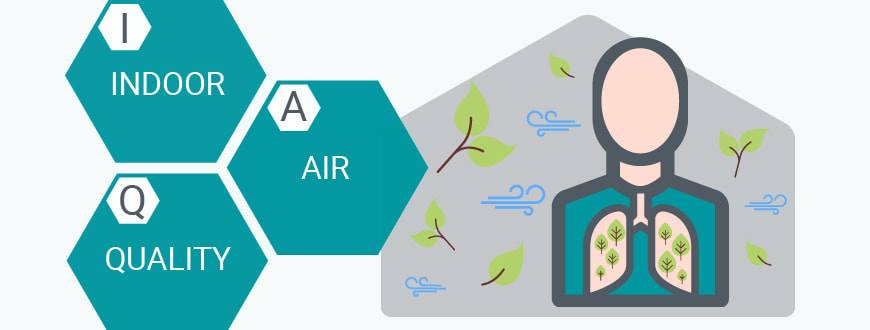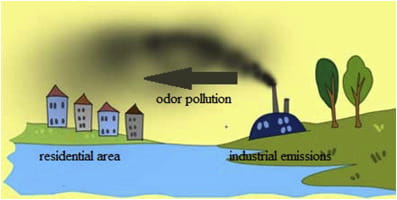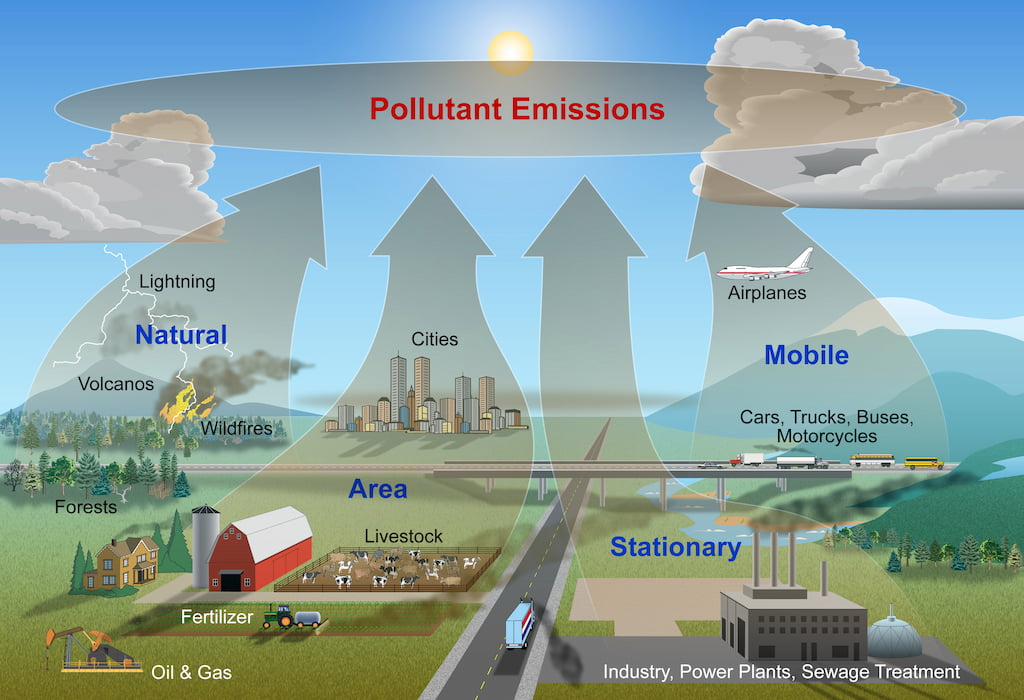Air Quality Monitoring
Home / Products / Monitoring / Air Quality Monitoring
Air quality monitoring is the process of measuring and analyzing the concentration and composition of various pollutants and substances in the air by using air quality monitor. Air quality monitoring is important for various applications, such as health, environment, industry, and agriculture. In this article, we will introduce some of the IoT-based air quality monitoring systems that can help you improve your air quality and well-being.

Indoor air quality monitoring is the process of assessing the quality and safety of the air inside buildings and enclosed spaces, such as homes, offices, schools, and hospitals. Indoor air quality monitoring can help you prevent and reduce indoor air pollution, which can cause various health problems, such as allergies, asthma, headaches, fatigue, and respiratory infections. IoT-based indoor air quality monitoring systems use sensors and devices to measure and control the indoor air quality parameters, such as temperature, humidity, carbon dioxide, volatile organic compounds, and particulate matter. These data can be communicated and processed using wireless networks and cloud computing to provide real-time feedback and control on indoor air quality conditions and trends. For example, an IoT-based indoor air quality monitoring system can help you monitor and adjust the ventilation, heating, and cooling systems, detect and prevent mold and radon growth, and optimize the indoor air quality and comfort.

Outdoor air quality monitoring is the process of measuring and analyzing the quality and safety of the ambient air in outdoor environments, such as cities, rural areas, and natural parks. Outdoor air quality monitoring can help you prevent and reduce outdoor air pollution, which can cause various environmental and health problems, such as smog, acid rain, climate change, and cardiovascular diseases. IoT-based outdoor air quality monitoring systems use sensors and devices to measure and control outdoor air quality parameters, such as ozone, nitrogen dioxide, sulfur dioxide, and particulate matter. These data can be communicated and processed using wireless networks and cloud computing to provide real-time insights and alerts on outdoor air quality conditions and issues. For example, an IoT-based outdoor air quality monitoring system can help you monitor and predict air pollution levels and sources, detect and prevent forest fires and dust storms, and optimize outdoor air quality and safety.

Odor monitoring is the process of measuring and analyzing the intensity and composition of odors in the air. Odor monitoring can help you prevent and reduce odor pollution, which can cause various nuisance and health problems, such as annoyance, stress, nausea, and loss of appetite. IoT-based odor monitoring systems use sensors and devices to measure and control the odor parameters, such as hydrogen sulfide, ammonia, and volatile organic compounds. These data can be communicated and processed using wireless networks and cloud computing to provide real-time feedback and control of odor conditions and sources. For example, an IoT-based odor monitoring system can help you monitor and regulate odor emissions from various industries, such as wastewater treatment, landfill, and food processing, and optimize odor management and mitigation.

The benefits of using IoT-based air quality monitoring systems are numerous and significant. IoT-based air quality monitoring systems can help you:
- Improve your health and well-being by preventing and reducing air pollution, which can cause various diseases and disorders.
- Improve your environment and climate by preventing and reducing greenhouse gas emissions, which can cause global warming and extreme weather events.
- Improve your industry and agriculture by preventing and reducing odour pollution, which can cause complaints and losses.
- Improve your compliance and accountability by ensuring air quality standards and regulations, and providing air quality data and reports.
- Improve your cost and energy savings by reducing air quality monitoring and management costs, and minimizing energy consumption and waste.

The risks of not using IoT-based air quality monitoring systems are also numerous and significant. Not using IoT-based air quality monitoring systems can expose you to:
- Poor health and well-being by increasing the chances of air pollution, which can cause various diseases and disorders.
- Poor environment and climate by increasing the greenhouse gas emissions, which can cause global warming and extreme weather events.
- Poor industry and agriculture by increasing the odour pollution, which can cause complaints and losses.
- Poor compliance and accountability by violating air quality standards and regulations, and lacking air quality data and reports.
- Poor cost and energy savings by increasing air quality monitoring and management costs, and maximizing energy consumption and waste.

As you can see, IoT-based air quality monitoring systems are essential for various air quality applications and benefits. If you want to improve your air quality and well-being, you should consider using IoT-based air quality monitoring systems. They can help you measure, analyze, and control the air quality parameters and pollutants. They can also help you prevent and reduce air pollution and its impacts. IoT-based air quality monitoring systems are the smart way to handle your air quality needs.
